Misleading Translations in Taipei’s Night Markets 台北夜市誤譯、漏譯使得觀光客不知所云
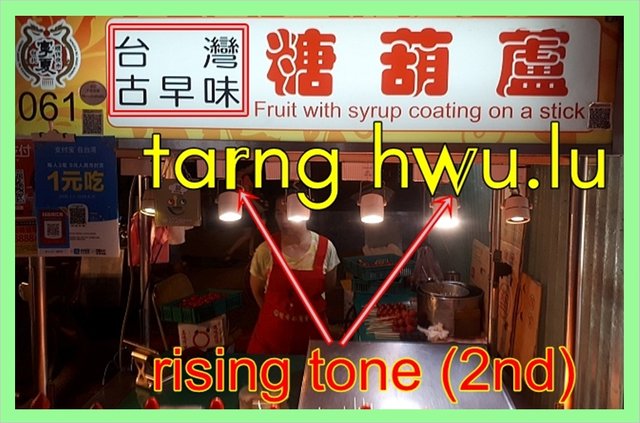
Last week, along with some friends from the Taipei Steemit Group (@catwomanteresa, @lydiachan, @shieha and @waybeyondpadthai, who was visiting from Thailand), I visited the Ningxia Night Market (寧夏夜市 Níngxià Yèshì / Ningshiah Yehshyh ), located on Ningxia Road ( #nightmarket )
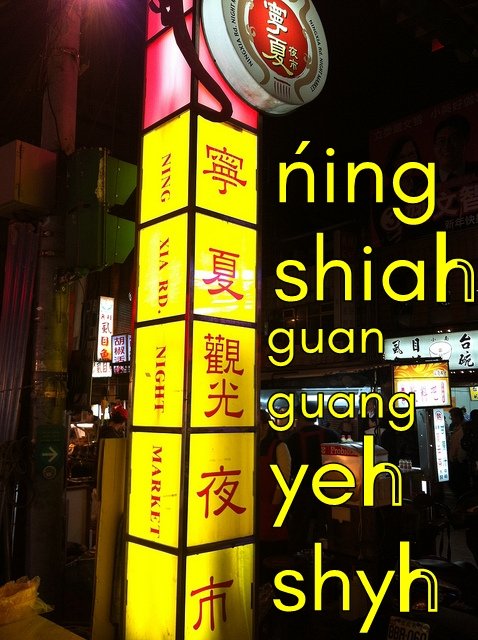
[Ningxia Tourist Night Market (寧夏觀光夜市 Níngxià Guānguāng Yèshì / Ningshiah Guanguang Yehshyh : the -h at the end of shiah, yeh and shyh represent the 4th (abruptly falling) tone. Notice how the English translation on the sign omits the word “tourist” in the middle]
It is interesting to note that many Taipei street names are based on places in #China. Ningxia, one of China’s smallest administrative regions (the official name is 寧夏回族自治區 ( Níngxià Huízú Zìzhìqū / Ningshiah Hweitzwu Tzyhjyhchiu “Ningxia Hui [people's] Autonomous Region”) has a large Hui population (ethnic Chinese Muslims). The Englosh nameo
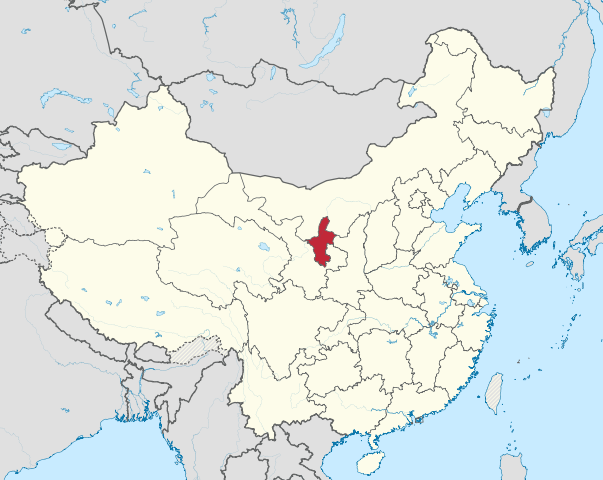
[Ningxia in China CC-BY-SA TUBS]
https://en.wikipedia.org/wiki/Ningxia
Foreigners who rely on the odd or incomplete #translations on night market stands would probably be surprised to know what some of the signs really say.
Chicken Sausage
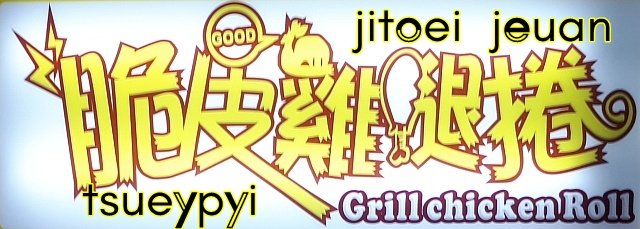
(脆皮雞腿捲 cuìpí jītuǐ juǎn / tsueypyi jitoei jeuan “crispy-skinned chicken sausage [literally: chicken leg rolls]”. )
The hawker translation says “GrillChickenRoll”, but these are actually sausages (no hot dog rolls or anything breadlike in sight). Note that the word 捲 juǎn / jeuan in Chinese can just mean “a thing which is rolled into a round shape” (a sausage in this case).
Candied Bottle Gourd (Candied Fruit)
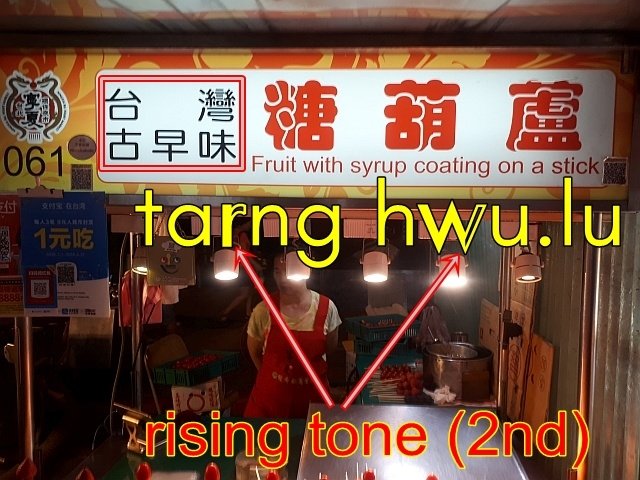
Rather than give an exact translation for 糖葫蘆 táng húlu / tarng hwu.lu “Candied Bottle Gourds”, this hawker opted to provide a rather wordy paraphrase: “Fruit with syrup coating on a stick”. “Candied fruit” would be a much more compact and easily understood translation. Besides, some hawkers use other fruit instead of bottle gourds.
In the upper left corner, the hawker added the words 台灣古早味 Táiwān gǔzǎowèi / Tair’uan guutzaowey “Traditional Taiwanese Flavor”, which is untranslated, but still misleading. “Candied Bottle Gourds”, the correct translation, is a snack that originated in northern China, not in China. It was probably brought to Taiwan by mainlanders after 1949, and some Taiwanese who don’t know much about cultural history assume this snack has been in Taiwan for hundreds of years.
https://en.wikipedia.org/wiki/Tanghulu
GR Tonal Spelling
The Chinese words in this posting and the accompanying photos are romanized in GR Tonal Spelling (the 1928 Chinese government standard), a mnemonic spelling system that combines tones and semivowel glides wherever possible. Where this is not possible, -r and -h stand for 2nd ( / rising) and 4th ( ** falling) tone.
The letter shapes actually resemble the tone contours, so this system is superior to Hanyu Pinyin, which uses optional tone marks, which are unfamiliar (therefore easily overlooked) and hard to type/print using a regular ASCII-only keyboard.
Who I Am
https://steemit.com/introduceyourself/@wentong-syhhae/enthusiastic-intp-polyglot
Resteemed your article. This article was resteemed because you are part of the New Steemians project. You can learn more about it here: https://steemit.com/introduceyourself/@gaman/new-steemians-project-launch